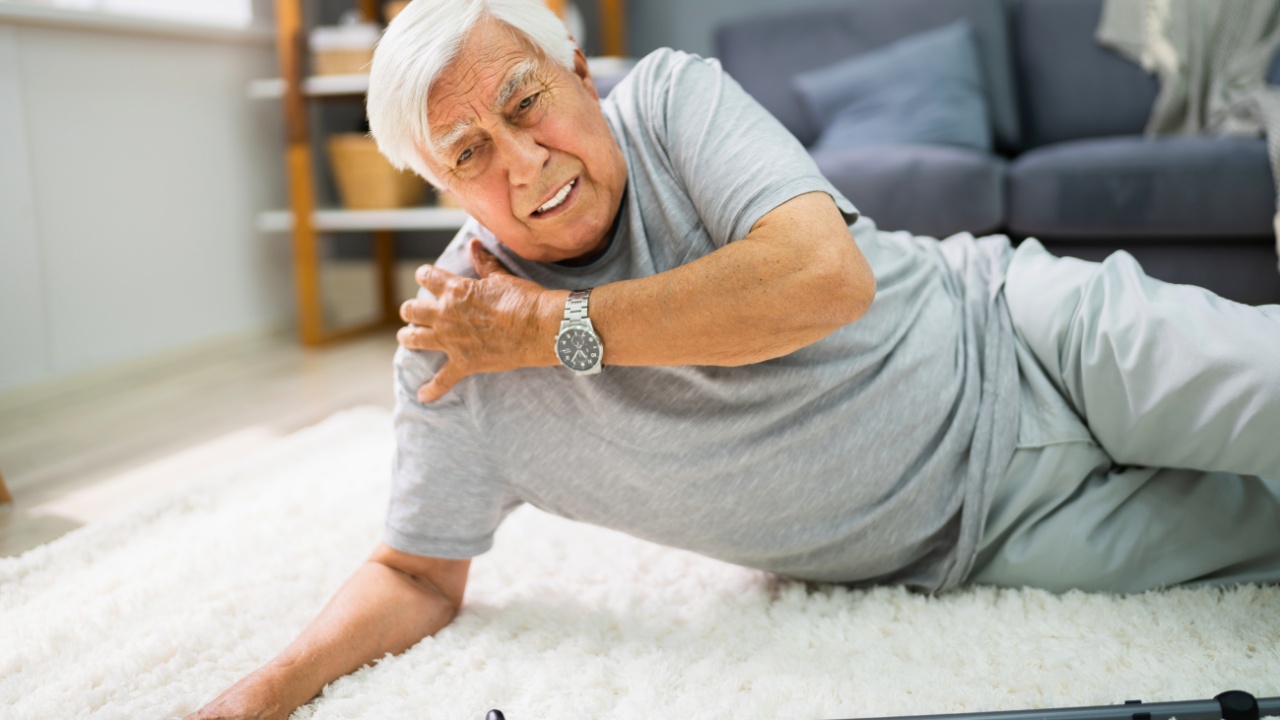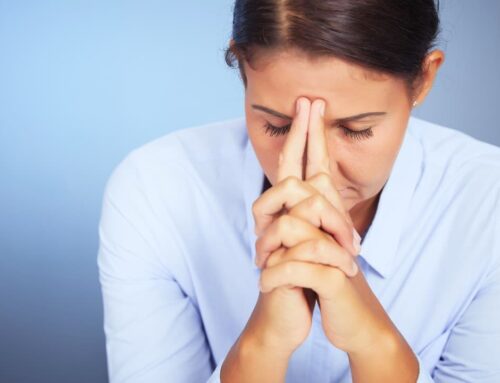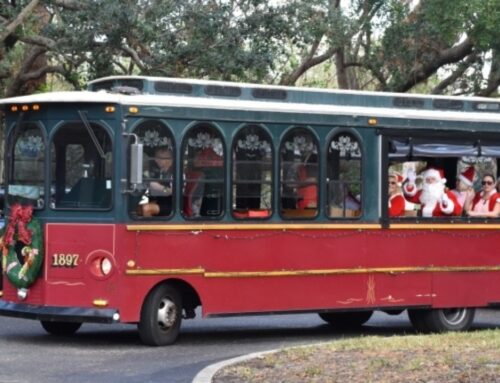As we get older, simple daily activities can become more dangerous. Walking, getting out of bed, or reaching for a glass of water can all carry risks. The CDC reports that one in four Americans over 65 falls each year. These falls can lead to injuries and disrupt daily life.
Understanding why seniors fall is crucial to taking proactive steps to prevent these incidents.
This guide explains the main causes of falls and gives practical tips to lower fall risks. You’ll also find helpful devices to keep seniors safe at home and beyond.
Causes of Falls in Seniors
Falls can be caused by a mix of health-related (internal) and environmental (external) factors. Here’s a closer look at each:
Internal Factors
Various health conditions can impact balance and increase the risk of falls in seniors:
- Muscle Weakness:
Aging can lead to a decrease in muscle mass and strength, which affects balance and makes it harder for seniors to stay steady.
- Vision Problems:
Conditions like cataracts, glaucoma, and age-related vision loss can make it difficult to notice hazards or uneven surfaces.
- Blood Pressure Fluctuations:
Low blood pressure (hypotension), especially when standing up, can cause dizziness or lightheadedness, which can lead to falls. Similarly, high blood pressure can damage blood vessels and affect balance over time.
- Blood Sugar Issues (Diabetes):
Uncontrolled diabetes can lead to nerve damage, especially in the feet, reducing sensation and increasing the risk of tripping. Additionally, fluctuations in blood sugar can cause dizziness and unsteadiness.
- Osteoporosis and Bone Health:
Osteoporosis weakens bones, increasing the risk of fractures if a fall does occur. Fragile bones can make even minor falls more dangerous for seniors.
- Poor Nutrition:
Poor nutrition can make muscles weak and cause fatigue. Low vitamin D and calcium levels can also weaken bones and reduce coordination.
- Medication Side Effects:
Certain medications, such as blood pressure meds, sedatives, and pain relievers, can lead to dizziness, drowsiness, or balance issues. These side effects make seniors more likely to fall.
- Balance Disorders:
Balance issues can arise from problems in the inner ear or neurological conditions, which can cause vertigo or unsteadiness.
- Other Chronic Conditions:
Arthritis affects joints and mobility, while Parkinson’s disease impacts movement. Both medical conditions can make walking safely more difficult for seniors. Heart conditions that cause fatigue or shortness of breath can also affect stability.
External Factors
Environmental hazards that increase fall risk include:
- Cluttered Floors: Loose rugs, cords, and other obstacles can easily cause trips and falls.
- Poor Lighting: Insufficient light can make it difficult to see potential hazards.
- Slippery Surfaces: Wet or polished floors can lead to slipping.
- Uneven Flooring: Unstable or uneven steps, sidewalks, and floors create tripping hazards.
- Inappropriate Footwear: Shoes without proper grip can contribute to slipping and falling.
5 Tips to Reduce Falls
Falls can often be prevented by making a few lifestyle changes and adjustments to the home environment. Here are some practical steps seniors can take to reduce their risk of falling:
1. Exercise Regularly:
Being active helps improve balance and strengthens muscles. Both of these benefits play a significant role in fall prevention. Gentle exercises like walking, tai chi, or yoga help improve coordination and flexibility. For seniors who are less mobile, chair exercises or physical therapy routines can still offer great benefits. Begin with simple movements and build up strength gradually. Focus on exercises that work the legs and core muscles.
2. Keep Living Spaces Tidy:
Cluttered floors significantly increase the risk of tripping hazards. Make sure walkways and common areas are clear of obstacles like loose cords, small furniture items, and other objects that could cause a fall. Use non-slip pads on area rugs and keep them out of busy areas to help reduce fall risks. Regularly reviewing the home for potential hazards, such as worn carpet or uneven flooring, can also prevent accidents.
3. Use Proper Lighting:
Poor lighting can make it hard to see obstacles or uneven surfaces, especially at night. Adding bright lights in stairways, hallways, bathrooms, and other frequently used areas is essential. Motion-sensor lights are helpful for seniors because they turn on automatically when they sense movement, giving instant light. Nightlights in bedrooms and bathrooms can also help by reducing the need to search for light switches in the dark.
4. Wear Supportive Shoes:
Footwear is important for preventing falls. Seniors benefit from wearing shoes with non-slip soles and strong arch support to help reduce fall risks. Avoid shoes with high heels or loose slippers that may slip off to enhance stability and safety. Regularly check the soles for signs of wear and replace shoes when the grip begins fading. Indoors, wearing non-slip socks or well-fitting slippers with rubber soles can provide extra stability on hard floors.
5. Review Medications with a Doctor:
Certain medications, such as sedatives, blood pressure medications, or even over-the-counter sleep aids, can increase the risk of falls by causing dizziness, drowsiness, or balance issues. Regular check-ups with a doctor or pharmacist can help identify any medications that may increase fall risk. A healthcare provider can review all medications and supplements to check for needed adjustments. This helps reduce side effects that might cause falls.
Devices and Equipment to Help Prevent Falls
There are several devices and equipment that older adults can use for extra stability:
- Grab Bars and Handrails: Install these in bathrooms and on stairways for additional support.
- Walkers and Canes: Mobility aids can help maintain balance while walking.
- Non-Slip Mats: Place these in the bathroom and other slippery areas to reduce slipping.
- Personal Alarms: These wearable devices can call for help in case of a fall.
- Bed Rails: Helpful for getting in and out of bed safely.
Falls can have serious effects on seniors. However, awareness and preparation can help lower these risks. When we understand why seniors fall, we can take steps to prevent falls. This helps our loved ones stay safer and live more independently.
For more tips on fall prevention and senior care, talk to a healthcare professional. You can also explore safety devices to create a safer home environment.





